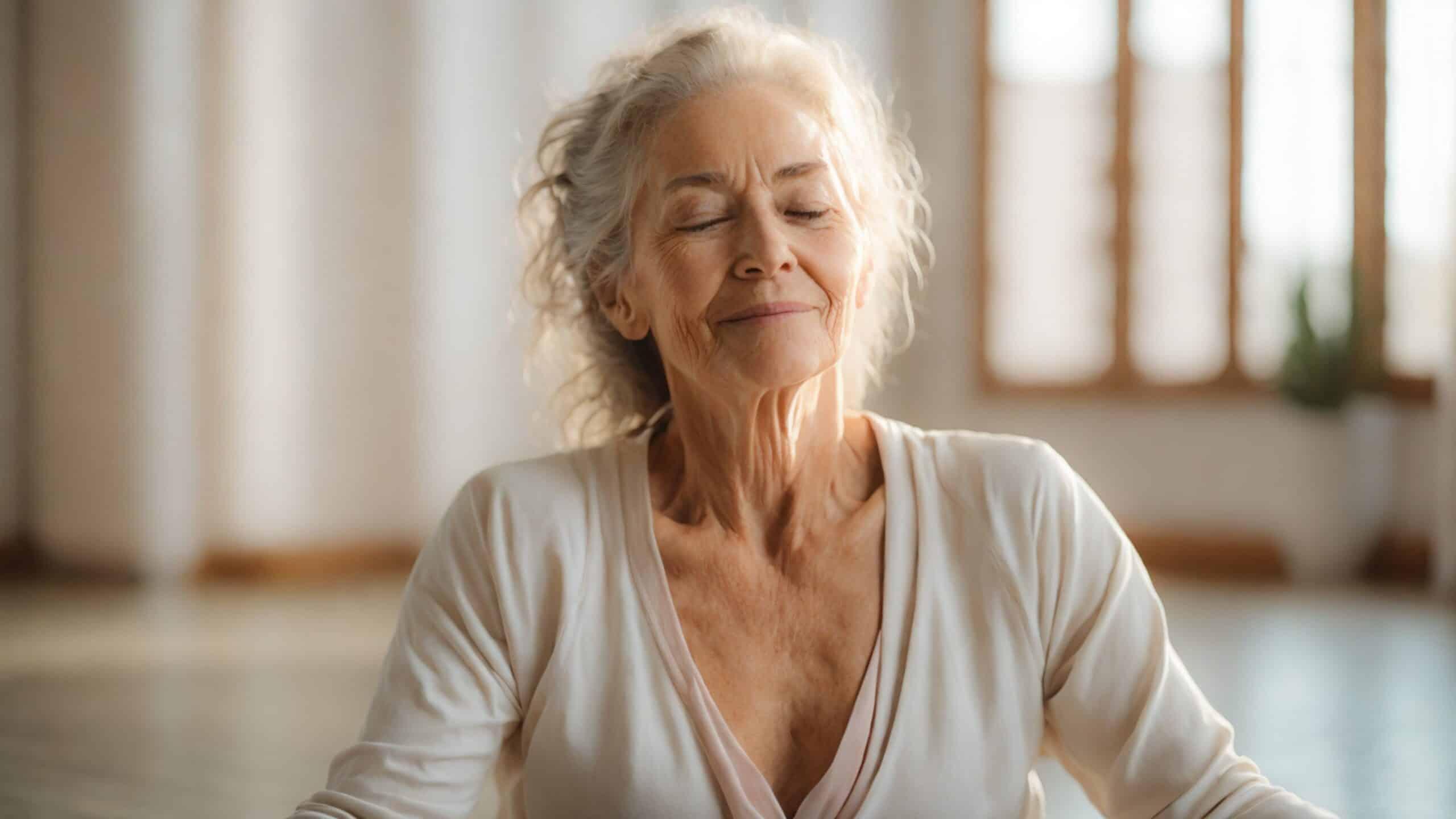Breathing Techniques for Instant Energy Revival
If someone asks you to explain breathwork, you may talk about how slow breathing can decrease stress.
Maybe you’d describe a classroom full of people following an instructor in a guided meditation while relaxing music plays in the background.
However, there’s more to breathwork than relaxation. Breathwork can give you a surge of energy for peak mental and physical performance.
Breathwork doesn’t have to be part of a lengthy yoga, mindfulness, or meditation practice. You can spend just a few minutes doing breathing exercises by yourself and experience a profound influence on your energy level.
How Breathwork Boosts Energy
There are two ways that breathwork helps increase energy: by protecting from stress and circulating critical oxygen and nutrients throughout the body.
Stress has a complicated relationship with energy levels. You don’t want to experience an overwhelming amount because it will drain you, but you don’t want too little stress because it will leave you under-stimulated. Ideally, you want a balance, enabling you to function optimally.
Breathwork gives you a way to balance between these two extremes. Slow breathing calms the body, disrupts the stress response, and prevents exhaustion. Rapid breathing increases attentiveness and prepares the body for physical or mental exertion. These two methods can also be understood as calming practices to activate the parasympathetic nervous system versus excitatory practices to activate the sympathetic nervous system.
What type of breathwork to use? If you feel anxious, choose a calming breathing method. If you feel lethargic, choose a rapid breathing method.
Breathing Techniques
1) Calming Breathing Methods for Energy
Box breathing and 4-7-8 methods slow respiration. These techniques are helpful if you are hyperventilating or feeling anxious. The difference between them is how much time you spend on each step of the breathing process. If you’re feeling burnt out from a stressful commute to work, juggling multiple tasks, or racing thoughts, these exercises could be helpful.
The 4-7-8 Method
The 4-7-8 technique involves inhaling for 4 seconds, holding for 7 seconds, then exhaling slowly for 8 seconds. The 4-7-8 technique has a powerful calming effect because exhaling and holding your breath slows your heart rate.
The Box Breathing Method
Box breathing, which is also known as tactical breathing, is used by Navy SEALs to keep calm in stressful situations, like combat, and balance respiration.
In box breathing, there’s a balance of 4 seconds of inhaling, 4 seconds of holding your breath, 4 seconds of exhalation, and 4 seconds of holding before inhaling again. As part of the process, it incorporates the deep core breathing techniques of diaphragmatic breathing.
2) Excitatory Breathing Methods for Energy
The 5-3-3, Bhastrika, and Kapalabhati methods are techniques that activate the stress response, inducing a fight or flight response. They are best used to help you wake up in the morning, if you are falling asleep during a meeting, or you need to perk up before an athletic event.
The 5-3-3 Method
5-3-3 breathing involves taking 5 quick breaths that fill your diaphragm. Next, you take 3 fast breaths. Finally, you take 3 loud breaths, vocalizing as you exhale, which helps you feel more energized.
In the yogic tradition, breathing exercises are known as pranayama. Kapalabhati and Bhastrika are two pranayam techniques that both involve rapid breathing through the nose to increase energy and can help clear the nasal passages.
The Bhastrika Method
With Bhastrika, the quick breaths are powered by body movement. To do this, extend your arms above your head while inhaling, and then bring your arms down and exhale rapidly. Bhastirka does use diaphragmatic breathing to increase the power of each breath. Studies indicate that Bhastrika reduces anxiety and negative emotions.
The Kapalabhati Method
Kapalabhati focuses on breathing rapidly – twice in a second – while avoiding hyperventilation. This deep inhalation fills the lungs, oxygenating the tissues and cleansing the body of toxins. Kapalabhati also increases red blood cells and is beneficial for respiratory illnesses.
Bear in mind that all breathwork, especially excitatory fast breathing, can have negative consequences. If you are pregnant, have anxiety, or have heart conditions, proceed with caution and consider consulting a physician. Breathing can leave you lightheaded and never do breathwork while swimming or in water.
Breathing Posture
As you follow the various breathing techniques there are best practices to reap the maximum benefit.
Most techniques involve breathing in through the nose because this filters dust and particles from the air and adds moisture, which makes the air less harsh on your lungs.
In general, breathing techniques encourage diaphragmatic breathing which uses your diaphragm and abdominal muscles to take deeper breaths. By getting more oxygen into your lungs, you can reduce stress and lower your blood pressure. To gauge whether you are engaging your diaphragm or not, put your hand on your belly button and make it move as you breathe.
In addition to diaphragmatic breathing, it’s best to hold your body upright, yet relaxed with your shoulders slightly back to maximize your lung capacity.
Breathing for Energy
It is incredible that by controlling something as simple as breathing, we can alter our mood and energy levels.
Breathing is central to all energy processes. It provides the oxygen and nutrients that your cells need and supports organ and brain function. Breathing also relaxes the nervous system and releases endorphins to calm you. Finally, deep breathing improves circulation and massages your organs.
If you’re looking to relax or boost energy with breathing, consider starting with box breathing for calming effects and 5-3-3 for an energy boost. Either way, you rejuvenate your mind and body within minutes!




